1. Driving a Brand-New Car
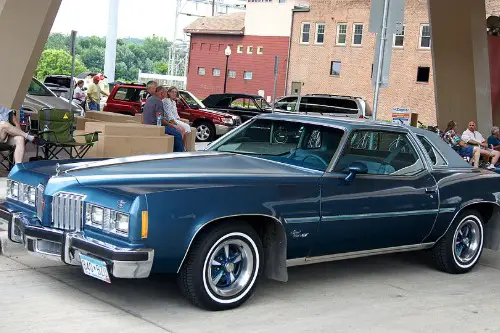
Rolling off the lot in a shiny new car used to scream success. It was a symbol of freedom, status, and financial arrival. Dealerships even gave you balloons and a handshake. Leasing or financing a new ride every few years was just what you did.
Now, it’s often seen as a financial misstep. With depreciation, high interest rates, and better used-car options, buying new is no longer the obvious choice. People joke about being “car-poor” or stuck in endless payments. The flex has lost its shine.
2. Going to the Mall Every Weekend
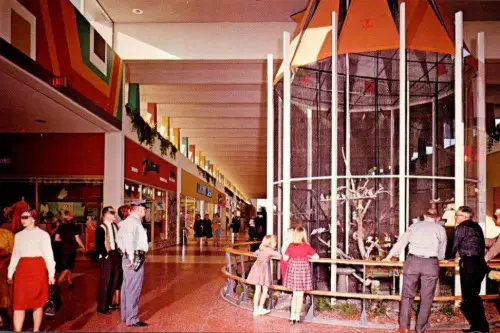
The mall was once the epicenter of American life. Teens hung out there, families shopped there, and food courts were social hubs. It was where you got your first job, your first date outfit, and maybe even your first kiss. It was more than retail—it was ritual.
Now, malls are ghost towns or TikTok nostalgia fodder. Online shopping and changing habits have made them feel outdated. The phrase “meet me at the mall” now sounds like a throwback. And the food court? Just a memory with a side of Orange Julius.
3. Working Overtime to Prove Your Worth

For decades, staying late at the office was a badge of honor. It meant you were dedicated, ambitious, and climbing the ladder. Hustle culture was glorified, and burnout was just part of the grind. “Sleep when you’re dead” wasn’t a joke—it was a mantra.
Now, it’s more likely to be mocked than admired. Younger generations are prioritizing work-life balance and mental health. Bragging about 80-hour weeks just makes you sound out of touch. The grind is no longer the goal—it’s the red flag.
4. Buying a House in Your 20s

Owning a home before 30 used to be the gold standard of adulthood. It meant you were responsible, financially stable, and on the right track. Parents encouraged it, banks approved it, and society expected it. It was the American Dream in mortgage form.
Today, it’s more of a punchline than a plan. Sky-high prices, student debt, and stagnant wages have made early homeownership nearly impossible. Most 20-somethings are renting—or living with roommates well into their 30s. The dream hasn’t died, but it’s definitely been delayed.
5. Having 2.5 Kids and a White Picket Fence
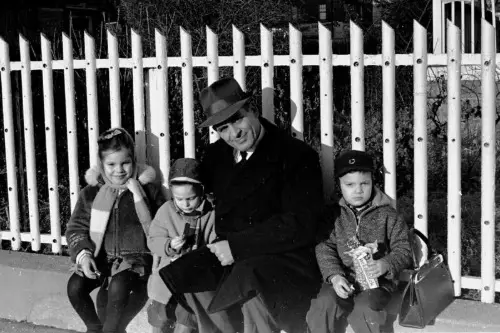
The nuclear family was once the default American ideal. A married couple, a couple of kids, and a house in the suburbs—that was the blueprint. It was reinforced by media, policy, and social norms. Deviating from it felt radical.
Today, it feels more like a sitcom setup than a real goal. Families come in all shapes, sizes, and timelines. Many people are delaying marriage, skipping kids, or redefining what “home” means. The picket fence is still there—but it’s mostly ironic.
6. Wearing a Suit to Work Every Day

A crisp suit and tie used to be the uniform of professionalism. It meant you were serious, successful, and ready to conquer the boardroom. Dress codes were strict, and casual Fridays were a big deal. Your wardrobe said everything about your ambition.
Now, it says you’re probably overdressed. Remote work, startup culture, and shifting norms have made business casual the new standard. Suits are for weddings, not Wednesdays. And ties? Mostly collecting dust.
7. Going to College “No Matter What”

College was once the non-negotiable next step after high school. It was seen as the only path to success, stability, and respect. Parents saved for it, students borrowed for it, and society pushed it hard. A degree was your ticket to the middle class.
Now, that ticket comes with a mountain of debt and no guarantee. Trade schools, certifications, and self-taught skills are gaining ground. People are questioning the ROI of a four-year degree. And “college dropout” isn’t a failure—it’s a startup founder.
8. Keeping the Same Job for 30 Years
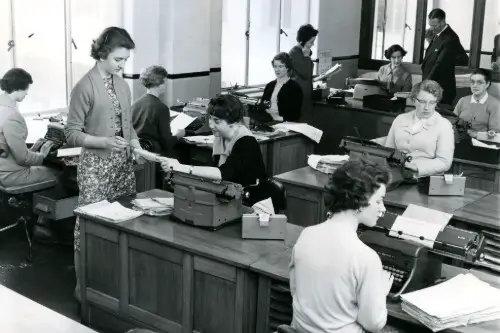
Loyalty to one company used to be a point of pride. You’d start in the mailroom and retire with a gold watch. Stability, pensions, and promotions were the reward for sticking it out. It was the American way to build a career in one place.
Now, it’s more likely to raise eyebrows than admiration. Job-hopping is the norm, and staying too long can hurt your prospects. Loyalty is nice—but leverage is better. And the gold watch? Probably just a LinkedIn endorsement.
9. Eating Dinner at 6 p.m. Sharp
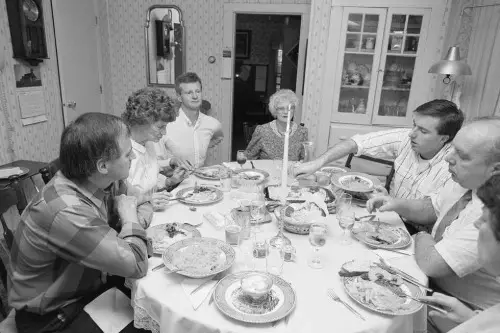
Family dinner at 6 p.m. was once a sacred ritual. Everyone gathered around the table, no phones, no distractions, just meatloaf and conversation. It was a daily check-in and a cultural cornerstone. Even TV shows were built around it.
Today, it’s more of a nostalgic fantasy. Work schedules, gig jobs, and screen time have scattered mealtimes. People eat when they can, where they can—often alone or on the go. The dinner bell has gone silent.
10. Believing “Anyone Can Make It”
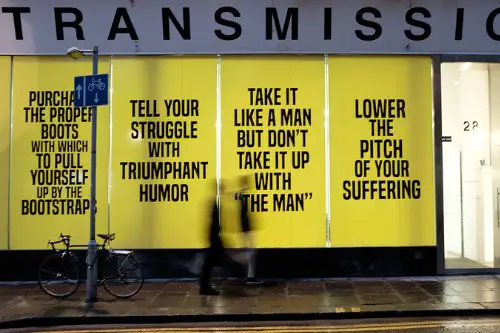
The idea that anyone, with enough grit and hard work, could rise to the top was once the core of the American identity. It fueled ambition, immigration, and innovation. It was the promise that made the country feel limitless. And it was repeated like gospel.
Now, it’s often met with skepticism—or sarcasm. Inequality, systemic barriers, and generational debt have made the dream feel out of reach for many. The hustle is real—but so are the odds. And “making it” looks different than it used to.
This post 10 Things That Used to Be “The American Way”—Now They’re Just a Punchline was first published on American Charm.


